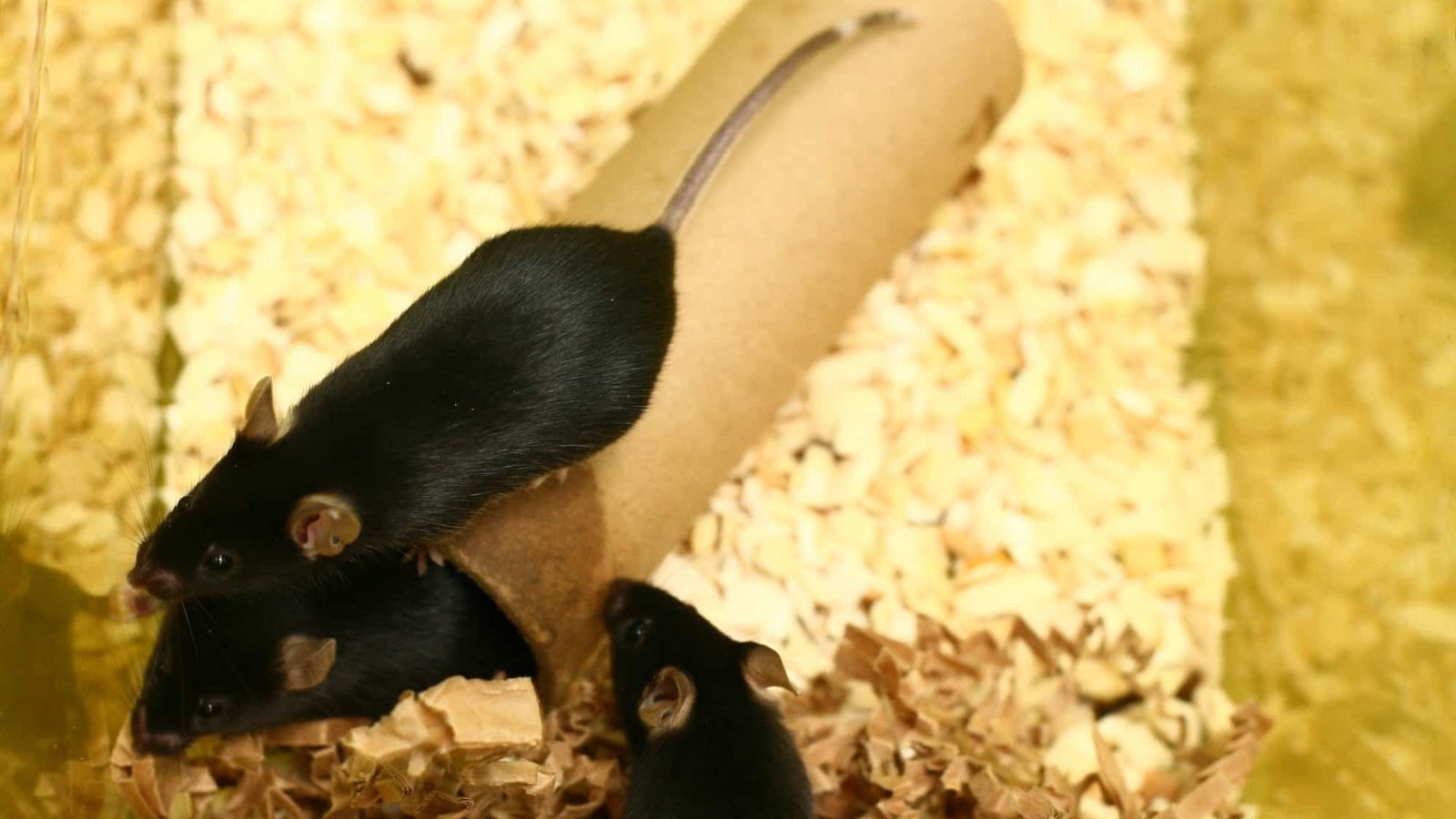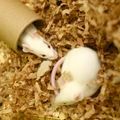
 Why is the concept of animal research so difficult to grasp? Perhaps it's because the preferred antivivisection terms are animal testing (ie safety testing, representing about one eighth of animal research) or vivisection (ie surgery, representing less than one third of animal research).
Why is the concept of animal research so difficult to grasp? Perhaps it's because the preferred antivivisection terms are animal testing (ie safety testing, representing about one eighth of animal research) or vivisection (ie surgery, representing less than one third of animal research).
While the antivivisection groups continue to use this flawed terminology they appeal mainly to their supporters and not to the research community. Perhaps we need some research to find out what the wider public understands by the phrase 'animal testing'.
A recent example is the One Show, BBC's early evening magazine programme. After last night's segment on animal research, any impartial viewer will probably conclude that yes, animal research is essential for medical progress, but there are 'alternatives'. The Science Minister Lord Drayson was supportive of animal research (but, perhaps in an attempt to be populist, called it animal testing). And we could see from the excellent footage of rodents in the lab that they were clearly well looked after.
Apart from that, viewers probably felt a bit confused. Despite some really good interviews with people representing research funders such as the Medical Research Council and the Alzheimer’s Research Trust, the interviewer Anita Rani persisted in using animal testing and vivisection terminology.
On the couch later, Adrian Chiles asked Anita Rani why 'animal testing' had risen. Anita had presumably been briefed by programme researchers, who had spoken to dozens of people over about 10 days. She still didn't seem to get it. She told us that EU law states that before any new drug is approved it has to be tested on animals and the amount of new research and new dugs mean that more animal tests have to be done, ie whole animal tests are needed before clinical trials.
True, but not the main reason that numbers of animal procedures rose last year (see our news item More research means more animals). Considering that this was the question the programme apparently set out to answer, it didn't do very well. The figures on animal research are published annually and publicly available, and don’t need a degree in mathematics to analyse.
Safety testing using animals in the UK did rise by 16% in 2008 compared with 2007. But because it is a relatively small proportion of all animal research, this represents only 2% of the total rise. As we have seen, the rises in the use of genetically modified mice and fish were far more significant. These are not the main types of animal used in safety testing.
In contrast, and coincidentally, The Guardian G2 Health section this morning carried a feature by science correspondent Alok Jha about mouse research, asking the question 'If a treatment works on rodents, will it cure us?'
He explored several areas of research, and spoke to scientists and to Understanding Animal Research. He cast a questioning and intelligent eye over what mouse research could achieve, and concluded:
'None of this should put a negative spin, however, on the importance of mice in research. So far, 26 Nobel prizes have gone to discoveries where research on mice has been key, including work on vitamins, the discovery of penicillin, the development of numerous vaccines and understanding the role of viruses. At the DNA level, mice are increasingly useful in understanding how individual genes work and why they might go wrong.'
Other news today of advances using mice simply serves to emphasise the importance of mouse research eg 'Scientists grow replacement teeth in mice' and 'Discovery of epilepsy gene is key to future treatment'.
Last edited: 29 July 2022 14:22


